Dive headfirst into the dynamic landscape of SEO with our definitive guide – “14 SEO Tips for Beginners.” Whether you’re crafting your first piece of digital content or aiming to sharpen your SEO skills, our insights will help you navigate through the complexities of search engine algorithms. At the heart of any successful SEO strategy lies robust content – a powerful duo that drives organic traffic and propels websites up the SERP ladder.
Mastering SEO is about understanding the synergy between top-notch content and meticulous optimization. Here’s what you need to zero in on:
- Infusing keywords into your content with precision
- Balancing SEO and reader engagement in your content creation
- Leveraging SEO to amplify your content’s reach

As a seasoned copywriter, I ensure every sentence is a strategic step towards higher visibility. Remember, exceptional content is your ticket to holding your audience’s attention, while SEO is the magnet that pulls them to your page in the first place. With search engines constantly updating their algorithms, staying abreast of the latest SEO tactics is paramount.
To skyrocket user engagement and enhance your site’s usability, consider integrating Plerdy – a tool designed for Conversion Rate Optimization (CRO) & User Experience (UX). Paving the way for data-driven decisions, Plerdy helps in transforming site visitors into loyal customers. Embrace the power of SEO and content – they’re not just buzzwords but the cornerstones of digital success.
What Is SEO?
SEO is a beacon in the digital world. By leveraging a potent mix of keyword targeting and compelling content, SEO paves the way for brands to mark their territory online.
Let’s break it down with an analogy. Visualize a jazz band in the heart of a city square. The music they play is the content – rich, soulful, and deeply engaging. Their invitations handed out to passersby? Those are the keywords, carefully chosen to catch interest and draw crowds. Just as a band fine-tunes their performance, businesses hone their SEO strategies to resonate with their audience.
Critical Pillars of SEO:
- Keyword Selection: Pinpointing the ideal phrases that mirror user search behaviors.
- Content Craftsmanship: Constructing valuable, insightful material that beckons readers.
- On-Site Fine-tuning: Every element, from URL structures to alt texts, harmonized for optimal SEO impact.
- Link Nurturing: Cultivating relationships with respected websites to bolster your site’s trustworthiness.
Consider a boutique coffee roaster. They might zoom in on keywords like “freshly roasted Arabica” or “sustainable coffee beans”. Subsequently, their content would dive deep into flavor profiles, the roasting process, or tales of sourcing beans from remote mountainsides.
Yet, mastering SEO isn’t about setting it and forgetting it. As digital landscapes shift and evolve, so should your strategies. By committing to the continual refinement of keyword and content strategies, businesses ensure they stay on the radar and remain relevant in ever-changing digital terrains. Embrace the rhythm of SEO, and let your brand’s voice echo across the web.
Understanding the Importance of SEO

As the digital marketplace swells with activity, SEO has fortified its position as an indispensable tool for brands vying for visibility. Businesses, regardless of their size or industry, lean into SEO, keyword optimization, and compelling content to edge out competitors and command their digital space.
Consider an independent coffee roastery eager to stand out in a caffeinated ocean of options. With a strategy rooted in SEO and keyword selection like “single-origin Ethiopian brew” or “shade-grown dark roast,” they pinpoint a unique market segment. Paired with content that delves into the nuances of bean sourcing and roasting techniques, they effortlessly draw in their target audience.
Highlights for SEO:
- Agile SEO Practices: With algorithmic winds shifting regularly, adaptability is key. Stay nimble, tweak tactics, and keep pace with digital dynamics.
- Keyword Precision: It’s not about stuffing, but precision. Hone in on keywords that resonate with audience search behaviors and preferences.
- Content Depth and Breadth: Skimming the surface won’t cut it. Dive deep, offer value, and cover topics with an unmatched authority.
- Embracing Diverse Digital Platforms: Voice and visual searches surge in popularity. Extend your SEO strategies to capture these emerging trends.
Take, for instance, a boutique skincare brand championing organic ingredients. Their SEO endeavors might spotlight keywords like “paraben-free face serums” or “vegan moisturizing lotions.” Supplementing this with content detailing ingredient sourcing, benefits, and user testimonials crafts a holistic online narrative.
In the bustling digital scene, mastering SEO, precision in keyword use, and crafting gripping content isn’t just recommended — it’s an absolute must. Brands equipped with these tools not only survive but flourish, capturing attention and converting clicks to loyal customers. Seizing the online narrative becomes simpler with a meticulous focus on SEO and its dynamic elements.
List of SEO 14 Tips for Beginners
Navigating the vast ocean of SEO, the “14 SEO Tips for Beginners” list serves as your compass, pointing directly to the strategies that will elevate your content. It’s a treasure trove that uncovers how to weave SEO into your content tapestry, ensuring every thread pulls in potential readers. And when you sift through this list, you’re not just skimming; you’re stocking your arsenal with the kind of SEO know-how that turns content into digital gold.
Importance of Mobile-First Optimization
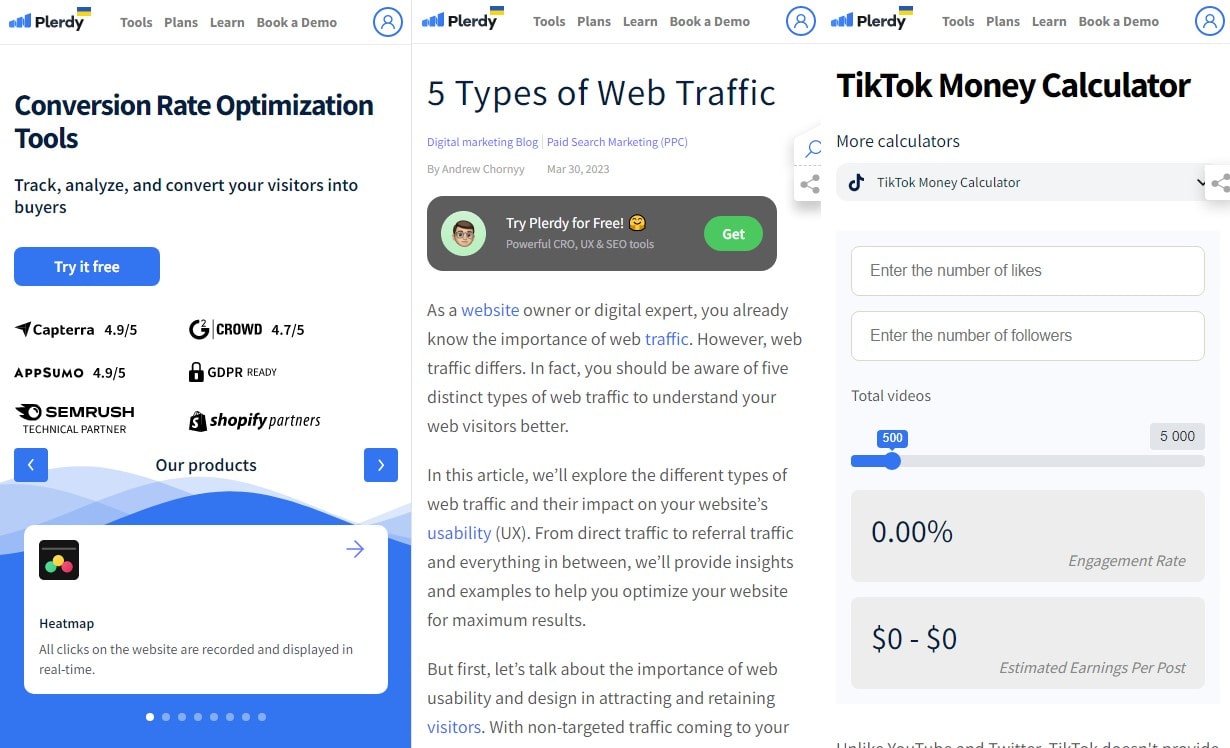
Mobile-first optimization has changed keyword targeting, SEO, and content production in today’s fast-paced digital age. As users increasingly rely on mobile devices for browsing, shopping, and entertainment, businesses must adapt and evolve.
SEO efforts get a tremendous boost when brands prioritize mobile-friendly designs. A seamless mobile experience ensures that sites rank higher in search results, capitalizing on the predominant user behavior. Additionally, keyword strategies should align with mobile user intent. For example, an outdoor gear shop might focus on keywords like “hiking boots on-the-go” or “compact camping gear.”
Essential Elements for Mobile-First Optimization:
- SEO: Catering to mobile algorithms and ensuring rapid page loads.
- Keyword: Tailoring for mobile search patterns and voice queries.
- Content: Creating bite-sized, impactful content suitable for smaller screens.
Health and wellbeing are niches. Mobile fitness apps may include “quick home workouts,” offering effective training. Alternatively, a nutrition blog could center its content around “easy-to-make smoothie recipes,” facilitating on-the-go health enthusiasts.
In summary, the convergence of search engine optimization (SEO), incorporation of relevant keywords, and optimization of content for mobile devices has emerged as a fundamental component of contemporary digital strategy. Businesses that embrace this shift, optimizing for mobile-first environments, set themselves up for unparalleled engagement and growth. Riding the wave of mobile-first optimization, they stand firm in an ever-shifting digital landscape.
The Evolution of Keyword Research
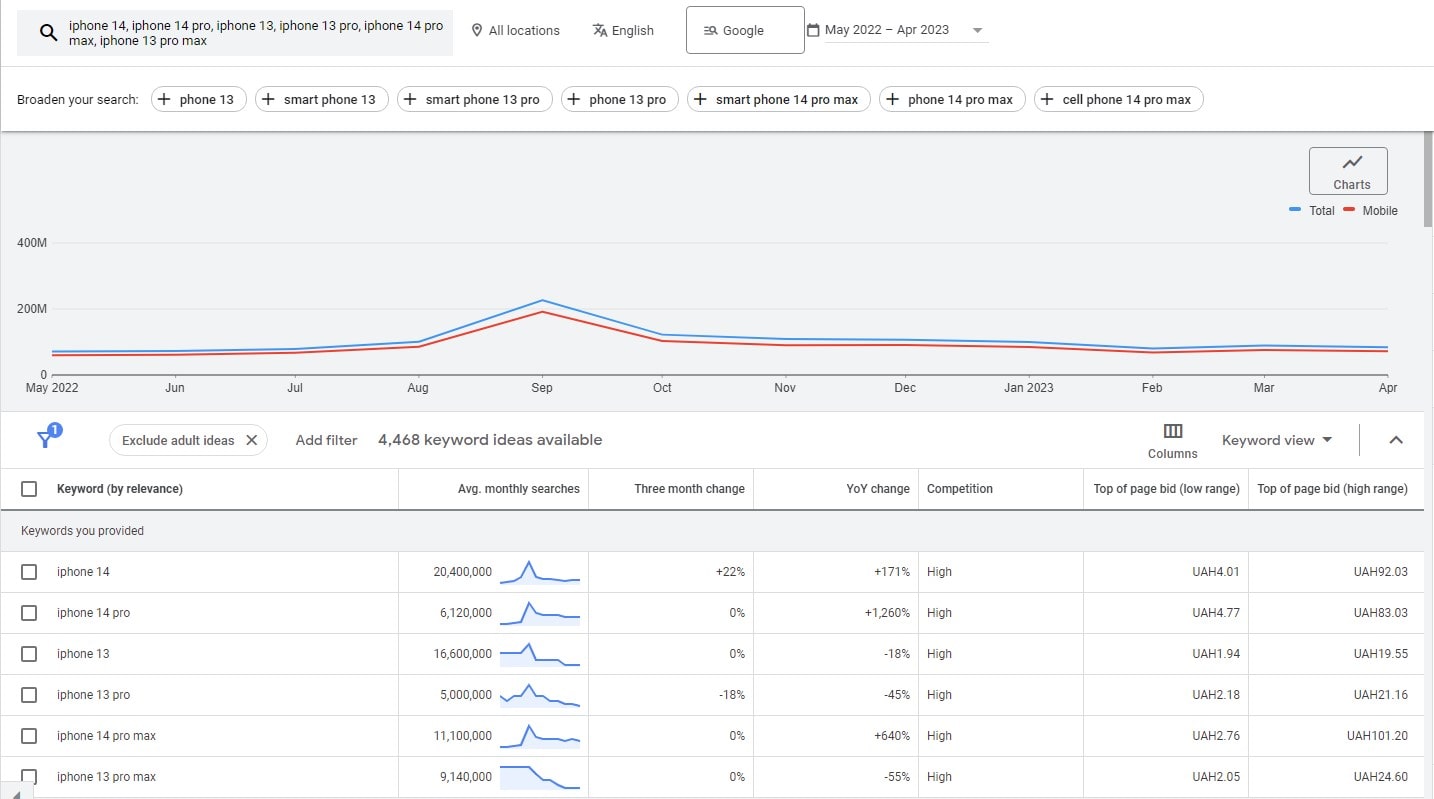
Search engine optimization and content development have revolutionized keyword research. Gone are the days of stuffing articles with repetitive keywords, hoping to catch the search engines’ eyes. Today’s SEO savants recognize that the key to ranking is rooted in marrying strategic keyword selection with sterling content.
Early SEO tactics were akin to casting a wide net—hoping to haul in traffic with volume. Now, SEO hinges on precision. We’ve seen a shift towards long-tail keywords, which act like beacons, guiding a specific audience right to the heart of your content. In the health and wellness sector, “yoga for beginners” has become “10-minute yoga routines for morning energy,” addressing fast-paced content seekers.
Here’s how keyword research has refined the SEO and content development process:
- Pinpointing audience-specific keywords for tailored content.
- Integrating semantic search terms to capture the intent behind searches.
- Leveraging competitor keyword analysis to identify gaps in the market.
In the fashion industry, the shift from generic terms like “summer dresses” to more nuanced phrases like “sustainable summer fashion trends” reflects a deeper understanding of both SEO and content finesse. These are not mere buzzwords; they are vital cogs in the machinery that powers online visibility.
The marriage of SEO expertise with compelling content has given rise to a new breed of internet literature that satisfies both algorithms and human curiosity. As the landscape continues to evolve, those at the helm of SEO and content stand not just as observers but as architects, crafting pathways that lead users exactly where they need to go—be it a tech blog explaining “the best VPN services for streaming” or a travel site detailing “hidden getaways in European countryside.” This synergy will continue to propel websites forward, turning them into lighthouses amidst the vast digital sea.
Emphasis on User Experience (UX)

As digital landscapes evolve, the spotlight on User Experience (UX) intensifies, with SEO, keyword targeting, and content creation coalescing around it. A stellar UX doesn’t merely enhance website aesthetics; it significantly boosts SEO rankings, propelling sites to the forefront of search results. Beyond rankings, the seamless intertwining of keyword strategy and quality content enhances user engagement, leading to higher conversions.
For instance, an artisanal coffee brand, focusing on SEO, might optimize its site for speed and mobile responsiveness. By intertwining a keyword strategy like “hand-roasted Ethiopian beans,” the content then dives deep into the unique flavors, origins, and brewing methods, offering a holistic user experience.
UX’s Symbiotic Relationship with SEO Elements:
- SEO: Faster load times, mobile optimization, and intuitive navigation bolster user satisfaction.
- Keyword: Selection based on genuine user queries ensures relevance and engagement.
- Content: Offering valuable, crisp, and compelling narratives catered to user interests.
Reflecting on the sustainable fashion niche, brands might weave content around the keyword “biodegradable footwear options,” ensuring the site’s design lets users effortlessly navigate through the sustainable product range.
In sum, placing UX at the helm steers the digital ship in the right direction. When SEO, content creation, and keyword targeting rally around user-centric experiences, brands not only drive traffic but also foster loyalty, carving out an indelible mark in their respective domains.
Crafting Quality Content with SEO in Mind

In the vibrant digital space, the act of crafting exceptional content has become intertwined with strategic SEO practices. Today’s savvy creators seamlessly blend keyword relevance with engaging narratives, resulting in content that resonates with both users and search engines.
Take, for instance, an organic skincare brand. By embedding the keyword “cold-pressed avocado oil benefits” into its content, the brand can offer insights into the oil’s skin-nourishing properties, crafting a piece that educates while improving search visibility.
The Harmonious Dance of Content and SEO:
- SEO: Beyond just rankings, it ensures that the content reaches its intended audience.
- Keyword: Acts as a compass, guiding the content to address specific user queries.
- Content: The heart of the digital experience, providing value, intrigue, and engagement.
Diving into the gourmet tea industry, brands might lace their content with the keyword “oxidation levels in Oolong teas.” By doing so, they provide aficionados insights into the flavor profiles and complexities associated with varying oxidation.
In essence, marrying content and SEO offers a dual advantage. On one hand, it amplifies online visibility; on the other, it crafts a tailored experience for readers. SEO, keyword targeting, and captivating content help brands stand out in congested digital spaces and build trust, value, and relevance with their audience.
Utilizing Metadata Effectively
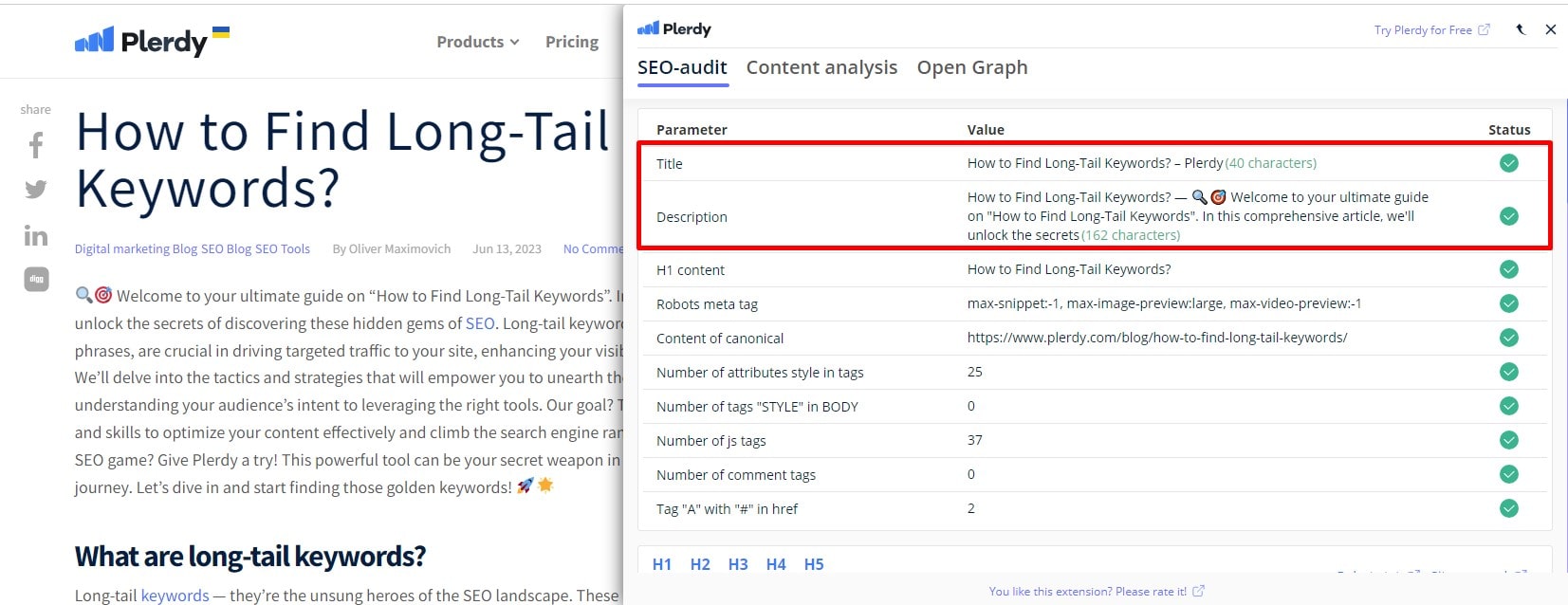
Mastering the art of metadata is like unlocking a treasure chest for SEO and content experts. It’s not just about crafting content that captivates but also about packaging it with metadata that search engines can’t resist. Effective use of metadata turns the lock on the door to higher search engine rankings and ensures your content stands out in a saturated digital marketplace.
Consider a tech blog—metadata here doesn’t just flag down search engines; it signals to readers that the content within is precisely what they’re searching for, like a signpost flashing “latest AI software reviews.” Metadata in SEO operates under the hood of every search query, powering the visibility of content across various industries.
Key steps to leverage metadata effectively in your SEO and content strategy include:
- Crafting meta titles that are sharp, clickable, and laden with targeted keywords.
- Optimizing meta descriptions with a clear call to action, echoing the content’s value proposition.
- Using header tags to structure content, making it digestible for search engines and readers alike.
For an e-commerce site, a meta description could be the difference between a click and a pass—it’s where persuasive language meets the precision of SEO to drive traffic. When a home improvement blog hones its H1 and H2 tags, it doesn’t just break up text for readability; it strategically guides SEO efforts, leading to content that climbs the rankings.
In the culinary world, a recipe post with well-crafted metadata brings forth the aroma of your content to the searcher’s nose, tempting them to click. It’s about sprinkling the right keywords within the metadata to enhance the SEO efforts without overwhelming the content’s flavor.
Deploy metadata wisely and watch as it weaves SEO strength throughout your content, making it not only searchable but irresistible to click on. This behind-the-scenes maestro makes all the difference in harmonizing the symphony that is SEO and content.
Importance of High-Quality Backlinks
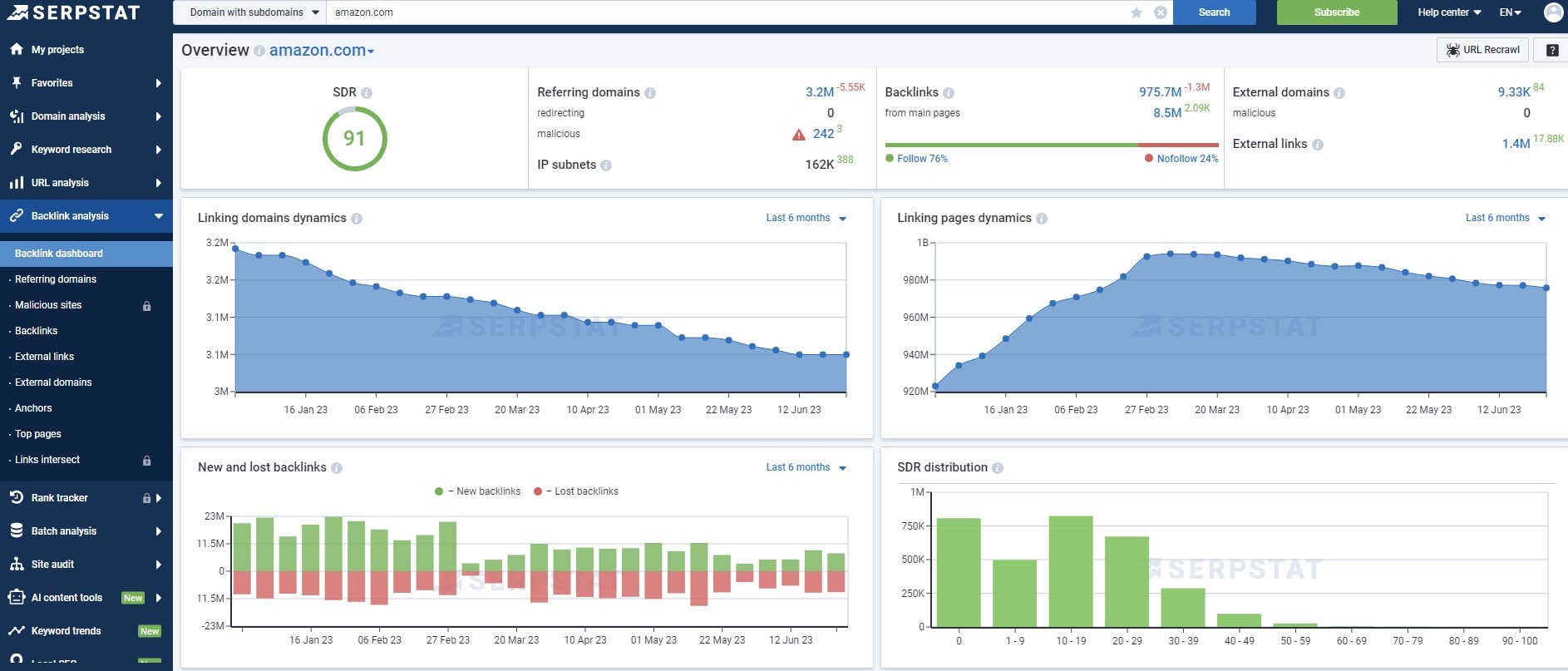
In the dynamic landscape of digital marketing, high-quality backlinks stand out as invaluable assets. These powerful connections amplify SEO efforts, enhancing the potency of keywords and fortifying content’s authority. Picture this: a boutique winery crafts top-tier content around the keyword “aged cabernet vintages.” When a renowned wine critic’s site links to it, this endorsement not only drives traffic but also adds substantial SEO weight.
Spotlighting the Power of Premium Backlinks:
- SEO Boost: A reputable link acts as a vote of confidence, signaling to search engines that your content holds genuine value.
- Keyword Magnifier: Backlinks from industry leaders reinforce keyword relevance, guiding organic traffic to your digital doorstep.
- Content Amplifier: Quality links elevate content, transforming it from mere information to sought-after expertise.
Delve into another niche, say artisanal chocolates. A chocolatier writes a piece centered on the keyword “single-origin dark chocolate.” Securing a backlink from a well-known chef or food blogger not only validates the content but also ramps up SEO efforts, leading chocolate aficionados straight to the source.
High-quality backlinks, therefore, don’t just link; they ignite. They fuse together SEO prowess, keyword precision, and content depth to form an unbreakable chain of digital credibility. In today’s competitive e-marketplace, harnessing the power of premium backlinks isn’t just wise – it’s essential. By weaving together robust SEO strategies, spot-on keyword utilization, and compelling content, brands can lay the foundation for unparalleled digital success.
Technical SEO: Site Speed and Performance
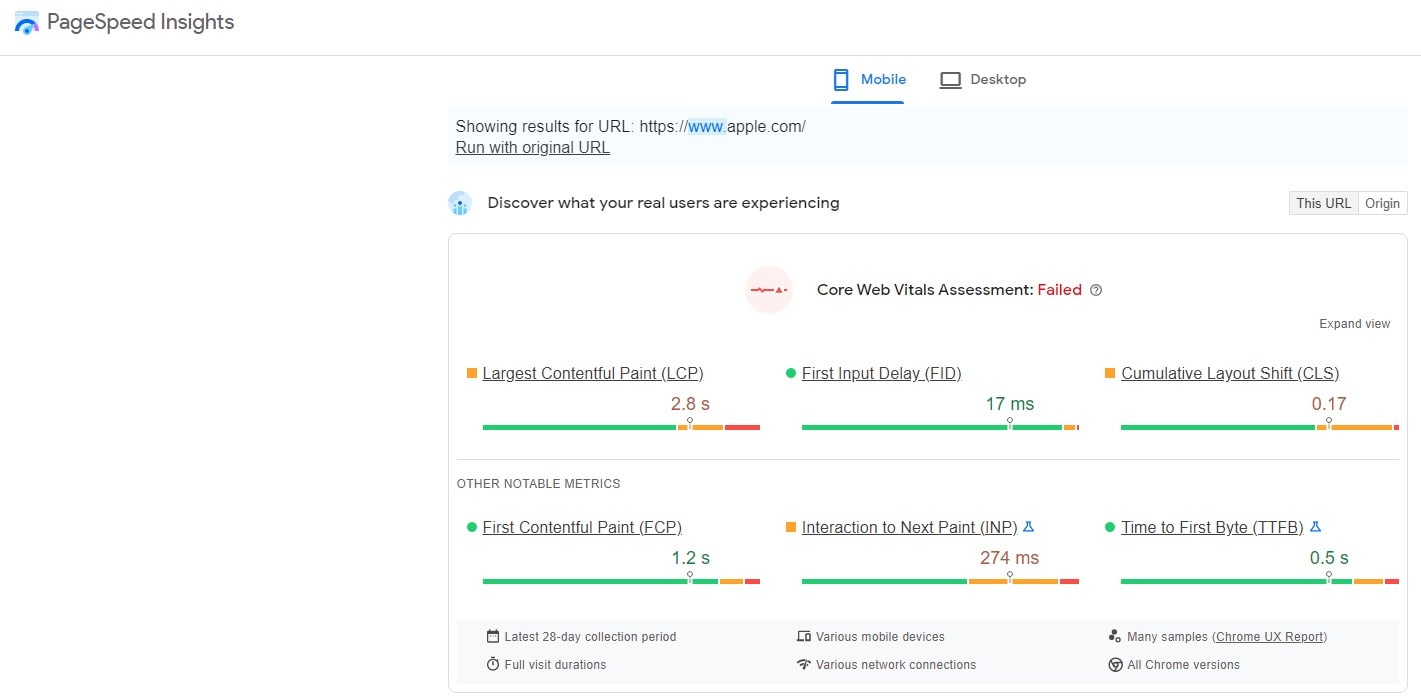
Diving straight into the digital deep end, one can’t sidestep the buzz around technical SEO. Specifically, site speed and performance stand out, becoming non-negotiable in today’s fast-paced e-commerce race. Imagine an online boutique specializing in handcrafted jewelry. If their site lags just a few seconds when showcasing their content around the keyword “artisan gemstone necklaces,” potential buyers might drift away, affecting the site’s SEO score and sales.
Breaking Down Technical SEO Boosters:
- Rapid Loading: A quick load time ensures users stick around, engaging more deeply with your content and boosting keyword effectiveness.
- Optimized Images: Compressed, high-quality visuals ensure your content remains visually appealing without compromising speed.
- Server Response: Swift server responses propel your site’s performance, underpinning your SEO efforts and content reach.
Venturing into the gourmet coffee niche, consider a roaster detailing the nuances of their beans using the keyword “ethically-sourced arabica.” Their content is rich, compelling, but if the site stumbles in speed, coffee enthusiasts may never get to savor the full story.
Mastering the art of site speed and performance is akin to oiling the gears of a well-tuned machine. Every millisecond shaved off load times amplifies content visibility, keyword resonance, and SEO value. Brands that harness the potential of technical SEO not only zip ahead in search rankings but also set the stage for an immersive user journey, turning fleeting visits into lasting connections.
Structured Data and Rich Snippets
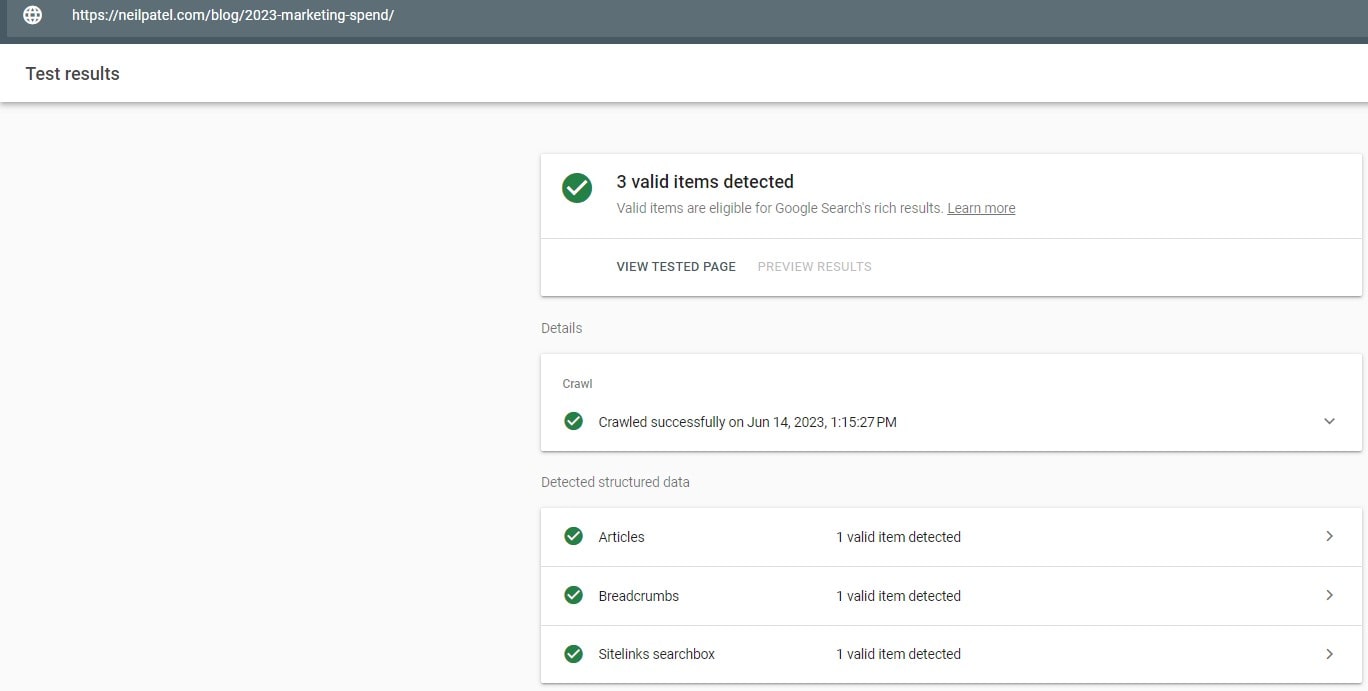
In the ever-evolving digital landscape, structured data and rich snippets stand out as powerful tools to enhance online visibility. When woven into your content, they elevate the overall SEO, keyword, and content strategy, amplifying search results beyond the basic blue links.
Rich snippets give users a sneak peek – a taste of the content they’ll dive into. Picture this: a recipe site incorporates structured data. Now, their search results might flaunt star ratings, preparation time, or even a thumbnail of the mouthwatering dish. This enhanced display drives user engagement, making your content irresistibly clickable.
Strategies to Harness Structured Data:
- Schema Markup: This semantic vocabulary lets search engines interpret content nuances. When crafting content, embed schema markup to clarify context.
- Test and Validate: Tools like Google’s Structured Data Testing Tool ensure your markup hits the mark. Periodically checking ensures SEO and content remain on point.
- Stay Updated: Search engine guidelines shift. Consistently updating one’s knowledge base is crucial for maintaining compliance and effectiveness in SEO, keyword usage, and content strategies.
Consider the travel niche. A blog post about “Top Beach Destinations” can employ structured data to showcase average hotel prices or top attractions, enticing travelers right from the search results.
The fusion of SEO, keyword, and content expertise with structured data insights paves the way for digital success. It’s not merely about climbing search rankings; it’s about enriching the user journey from that initial search result. In the grand tapestry of digital optimization, rich snippets and structured data act as fine threads, weaving together a captivating online experience.
Voice Search Optimization
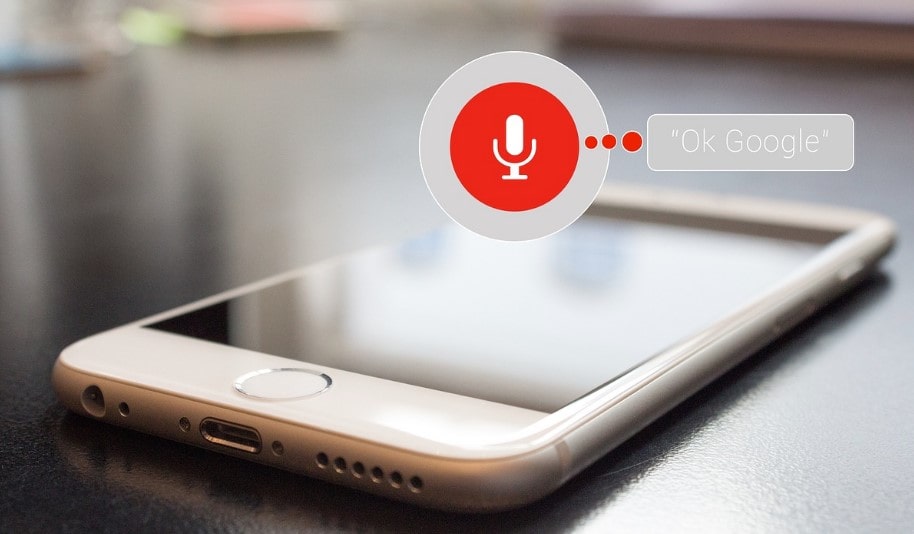
As voice-activated assistants continue to become household staples, voice search optimization has emerged as an imperative frontier in the SEO, keyword, and content spheres. The paradigm of search is shifting, with spoken queries taking center stage. Naturally, this prompts a reevaluation of how we approach keyword selection, SEO, and content creation.
With voice searches, users lean into a more conversational tone. Gone are the choppy query fragments; in come full-sentence questions and requests. For example, while someone might type “best Italian restaurant nearby” in a traditional search, they’re more likely to ask, “Where’s the best Italian restaurant near me?” when speaking.
Strategies to Nail Voice Search Optimization:
- Long-tail Keywords: With more extended, natural queries, focus on incorporating long-tail keywords into content.
- Local Optimization: Voice search often zeros in on local results. Ensure your content caters to local SEO.
- Conversational Tone: Craft content that resonates with the spoken word. Think about how people talk, not just how they type.
- Optimized Snippets: Aim to land in the coveted ‘zero position’ on search results – featured snippets answer user queries directly.
Let’s delve into the fitness niche as an illustration. A fitness enthusiast might ask, “How can I do a proper squat at home?” Rather than focusing on short, choppy keywords like “squat technique,” content should be tailored to answer the full, nuanced query, considering both SEO and user intent.
Mastering voice search optimization requires a blend of traditional SEO, keyword research, and an ear tuned to natural language. By marrying these elements, content not only stands out in search results but also seamlessly addresses the evolving needs of modern users.
Local SEO Essentials for Small Businesses
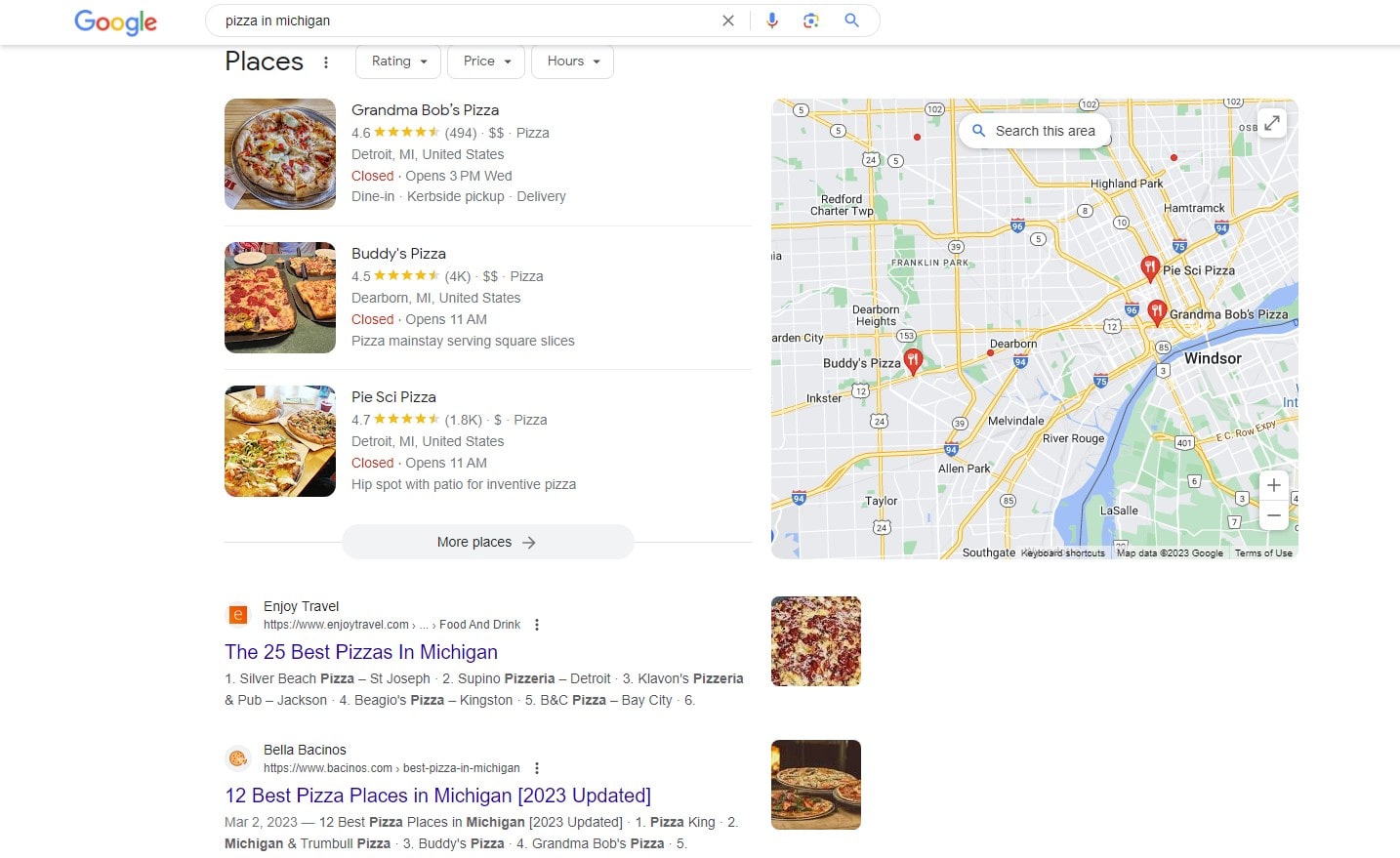
Local SEO stands out as a cornerstone for small businesses aiming to gain traction in their immediate surroundings. It’s not just about global reach; sometimes, the most valuable customers are right next door. By harnessing the power of SEO, keyword strategies, and compelling content, small businesses can effectively tap into their local market.
Take a quaint bakery in Brooklyn, for instance. If someone nearby craves a fresh croissant, they won’t search for “best bakery in the US.” Instead, they’ll zero in on “best bakery near me” or “Brooklyn bakery fresh croissants.” Here’s where local SEO, keyword precision, and top-notch content play a pivotal role.
Local SEO Essentials Every Small Business Should Leverage:
- Google My Business* An optimized listing here ensures you pop up when local customers hunt for your services.
- Localized Content: Tailor content to reflect local events, traditions, or landmarks. For example, our Brooklyn bakery could post about pastries inspired by the annual Brooklyn Art Festival.
- Relevant Keywords: Use tools to uncover the most searched-for local terms, and weave these into your content seamlessly.
- Earn Local Backlinks: Partner with local influencers or news outlets. A shoutout from a popular local blogger can work wonders.
- User Reviews: Encourage satisfied customers to leave glowing reviews. This boosts credibility and pushes you higher in local search results.
By doubling down on local SEO, mastering keyword selection for the area, and consistently delivering outstanding content, small businesses can dominate their immediate market. It’s about understanding the nuances of the community, catering to its unique tastes, and ensuring every piece of content resonates with the local audience’s desires. Small businesses might operate on a compact scale, but with a robust local SEO strategy, their impact can be colossal.
Addressing Common SEO Mistakes to Avoid

Mistakes in the realm of SEO, keyword selection, and content crafting can cost businesses not only visibility but also potential revenue. Addressing these blunders head-on is the first step in regaining lost ground. Remember, a single hiccup can set you back in the digital race.
Consider an organic skincare brand. Misplaced keywords or poorly optimized content could divert its target audience—someone seeking chemical-free skincare solutions—to a competitor’s site. Every element, from SEO to content, needs meticulous attention.
Common SEO Missteps and Their Solutions:
- Keyword Stuffing: Overloading content with keywords affects readability. Instead, maintain a balanced keyword density, ensuring content remains engaging and relevant.
- Ignoring Mobile Optimization: Over half of all web traffic comes from mobile devices. Ensure your site scales well on various screen sizes for optimal user experience.
- Duplicate Content: Search engines can penalize for rehashed content. Always craft original material, reflecting your brand’s voice and message.
- Neglecting Meta Descriptions: A catchy meta description can up the click-through rate. Incorporate main keywords and keep it enticing.
- Forgetting Local SEO: A global SEO strategy is crucial, but don’t sideline local SEO. Ensure geo-specific keywords and content cater to local audiences.
By addressing these common pitfalls, businesses can pave a smoother path to the top of search results. Taking the time to finetune each aspect of your digital strategy—from SEO practices to keyword choices and content nuances—can make a world of difference. This pertains to comprehending the complex interplay among search engine optimization (SEO), precise keyword usage, and the genuineness of content. In the contemporary era of digital technology, the implementation of a meticulously planned and well implemented strategy serves as a crucial determinant for achieving and maintaining long-term prosperity.
Using SEO Tools for Analysis and Improvement
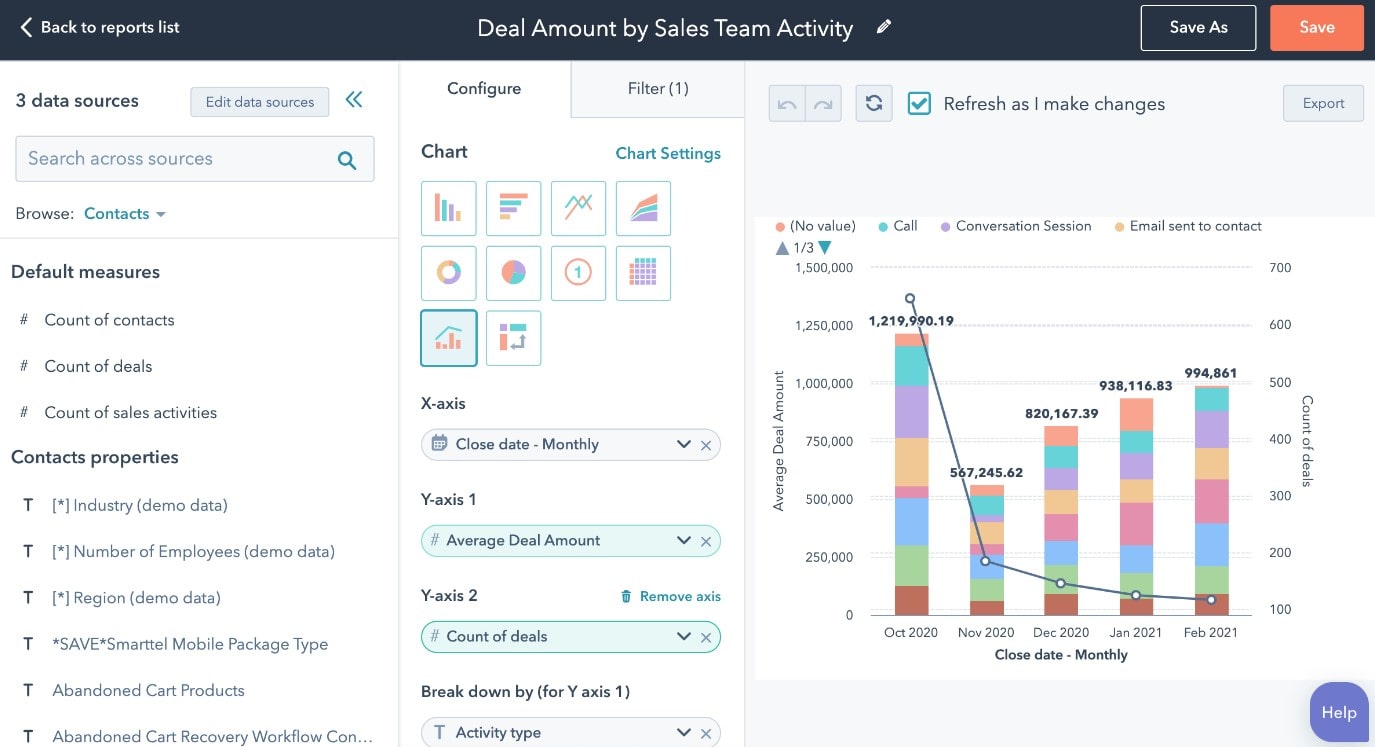
Within the dynamic realm of digital marketing, organizations frequently encounter challenges when it comes to maximizing their online presence. SEO tools play a crucial role in shaping tactics related to search engine optimization, keyword analysis, and content development. These tools don’t just shed light on performance; they spotlight areas ripe for enhancement.
Take a gourmet coffee shop, for instance. An in-depth analysis using SEO tools might reveal that while their content nails the artisanal coffee vibe, their keyword strategy falls short, missing out on terms coffee enthusiasts frequently use.
Leveraging SEO Tools Effectively:
- Performance Analysis: Dive into how your content fares in search results. Are you ranking for desired keywords? If not, tweak your content to align more closely with keyword trends.
- Backlink Checks: Discover who’s linking to your site. High-quality backlinks boost your site’s authority, amplifying your SEO efforts.
- Keyword Research: Find out what your target audience types into the search bar. Adapt your content to resonate with these search queries.
- Competitor Benchmarking: Keep an eye on your rivals. Find out what they’re doing right with their content, keywords, and SEO, and then use those tactics to make your brand better.
Organizations have the ability to utilize search engine optimization (SEO) tools in order to develop a more knowledgeable and efficient strategy that integrates SEO techniques, precise keyword selection, and high-quality content. Utilize statistical analysis to enhance your online strategic approach. Experienced marketers understand that staying up-to-date and making informed decisions based on data analysis are key factors that distinguish brands in the digital realm. The effective utilization of SEO techniques, including keyword integration and content precision, enables a brand to enhance its online visibility and appeal to target audiences.
Keeping Up with SEO Algorithm Updates
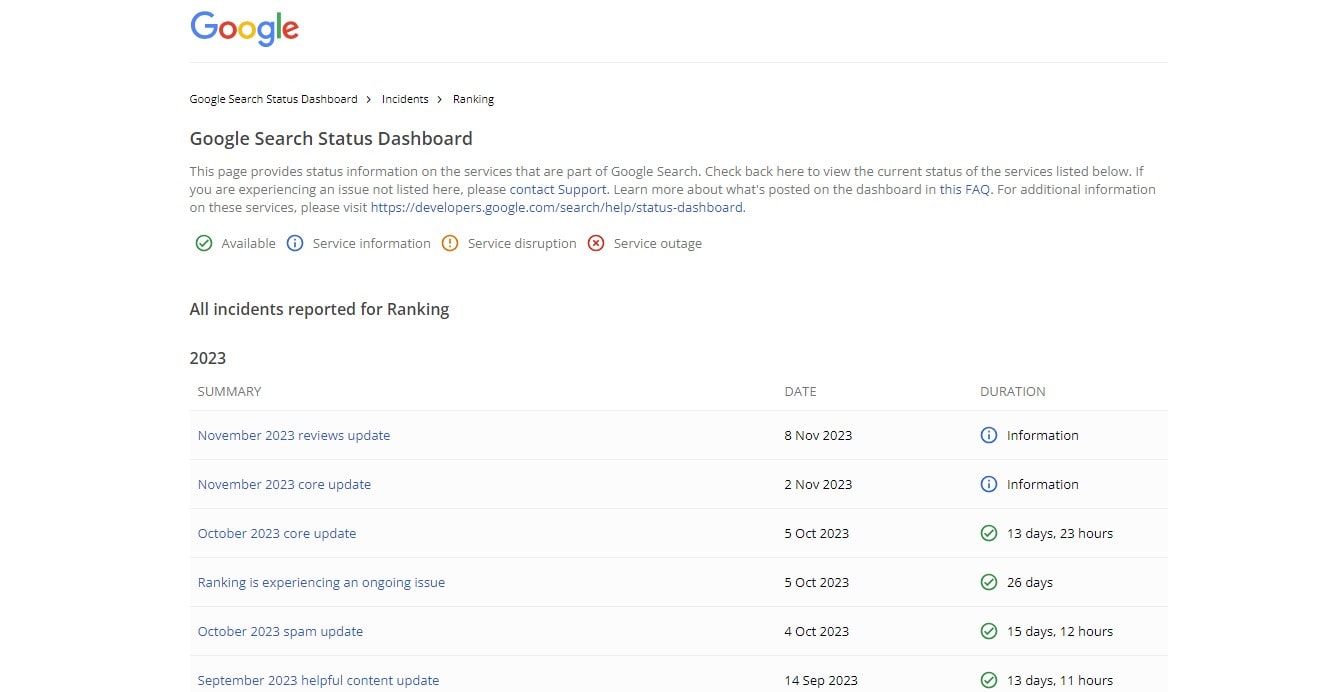
In the dynamic world of digital marketing, SEO algorithm updates often send ripples through established strategies. Brands must stay agile, tuning into these shifts, and reshaping their SEO, keyword, and content approaches. Consider a boutique fitness studio: an SEO update prioritizing video content might nudge them to pivot from blog posts to workout video series, ensuring their content aligns with updated standards.
Navigating SEO Algorithm Updates:
- Stay Informed: Regularly check authoritative SEO sources. They usually give heads up on upcoming changes and offer guidance on adjusting your SEO, keyword, content strategies.
- Analyze & Adapt: Use analytics tools to identify dips in traffic or search rankings post an update. This data will hint at where adjustments might be needed.
- Diversify Content: Don’t put all your eggs in one basket. If your main content focus gets sidelined by an update, having a diverse content range ensures you don’t lose all visibility.
- Engage with Communities: Digital marketing forums and communities often buzz with discussions after an update. Engage to gather insights and share experiences.
By leaning into these updates, brands can refine their SEO, keywords, and content strategies, ensuring they remain at the forefront of digital visibility. Take an organic cosmetics brand, for instance. An algorithm shift emphasizing eco-friendly products could be an opportunity for them to highlight their eco-friendly stance, optimizing keywords and content accordingly.
Fundamentally, search engine optimization (SEO) does not revolve around the pursuit of algorithms, but rather entails comprehending and adjusting to them. By being attuned to the latest developments and maintaining a flexible approach, businesses may effectively navigate changes in algorithms, so ensuring the strength and effectiveness of their search engine optimization (SEO), keyword usage, and content strategies.
The Value of Continuous SEO Education
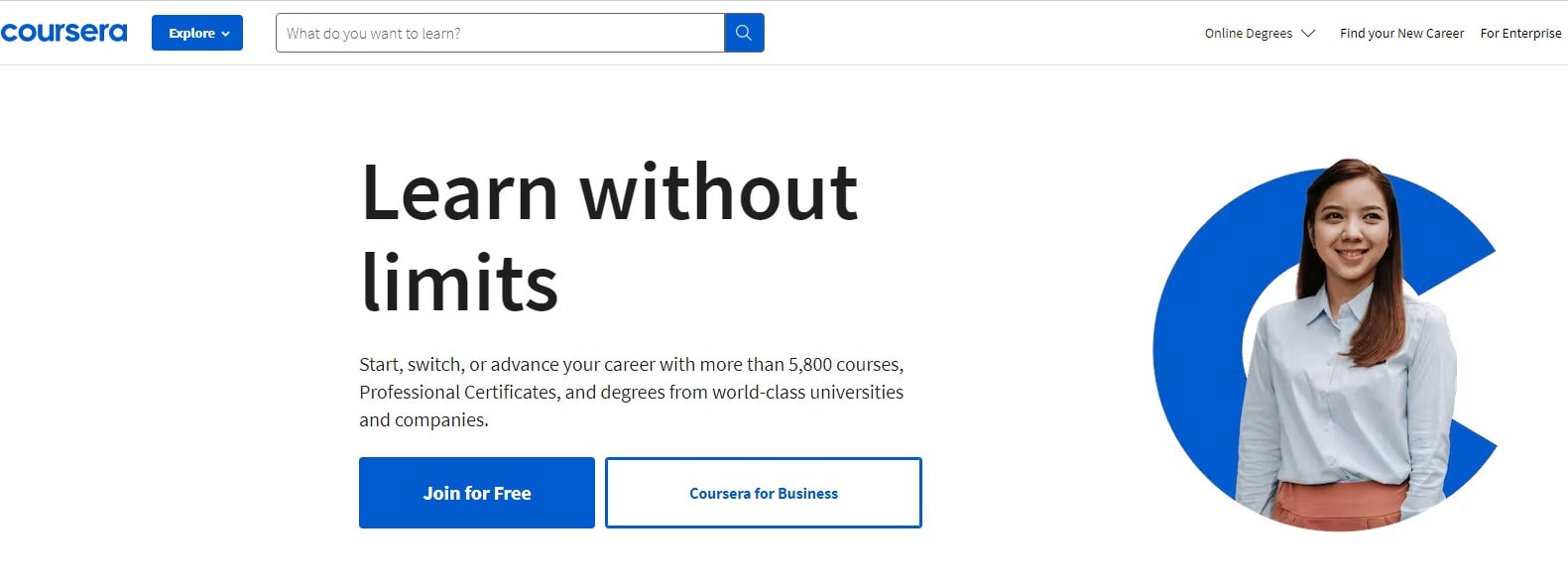
Dive deep into the digital ocean, and you’ll quickly realize that continuous SEO education isn’t just beneficial—it’s essential. Consider the gourmet coffee industry: with emerging brewing methods, popular bean origins, and fluctuating taste trends, their SEO, keywords, content strategies must evolve to keep pace. If your favorite roaster stops learning and updating, they’ll grind to a halt in search rankings.
Reaping Benefits from Constant SEO Learning:
- Stay Relevant: Regularly brush up on SEO best practices to ensure your content strategy remains current and compelling.
- Optimized Performance: Continual learning equips you with tools to enhance keyword targeting, which in turn boosts website traffic.
- Gain Competitive Edge: A consistent investment in SEO education puts you steps ahead of competitors who stick with stale methods.
- Adapt to Algorithm Changes: Armed with updated knowledge, you’ll pivot seamlessly when search engine algorithms throw a curveball.
Here’s an example of a vintage clothing shop that wants to attract younger customers. To make sure they don’t fall behind, they should keep learning about SEO, keywords, and content techniques that appeal to popular audiences.
Digital landscapes shift at lightning speed. Today’s cutting-edge SEO tactic could be tomorrow’s old news. Hence, whether you’re crafting content for high-end tech gadgets or artisanal cheeses, a commitment to ongoing SEO learning ensures your digital strategies stay fresh and effective. As search engines tweak their criteria, and audiences grow more discerning, only those who commit to the journey of continual SEO, keyword, and content education will truly thrive. So, ride the waves of change and harness the power of constant growth.
Conclusion
As we roll down the curtains on our journey through “14 SEO Tips for Beginners,” let’s zero in on the core takeaways. We’ve gone over the basics of SEO and content in this guide. These are the two engines that make digital discovery and connection possible. A well-oiled SEO strategy paired with killer content isn’t just about getting eyes on the page; it’s about creating a user experience that sticks, compelling readers to dive deeper and engage more meaningfully with your site.
Remember, effective SEO doesn’t happen in a vacuum—it thrives on dynamic content that pulsates with life and relevance. And with each piece of content you publish, you’re laying another brick in the foundation of your digital footprint. Don’t just add content for the sake of it; ensure it serves a purpose, provides value, and is fully optimized to roll out the welcome mat for both search engines and real people.
Use SEO & UX analysis tools like Plerdy to improve SEO and content. Such tools are pivotal in tracking how your content performs, giving you the insights to tweak and refine your strategy for even better results.
Here’s the bottom line—start with a strong grasp of SEO to set your content on the right track, then keep the momentum going with fresh, relevant, and optimized content. And if you’re ever in need of a nudge or a full-on strategy revamp, remember that tools like Plerdy are just a click away to steer your SEO and content to their full potential. Let’s not just create content; let’s make it work hard and smart in the ever-evolving SEO landscape.
